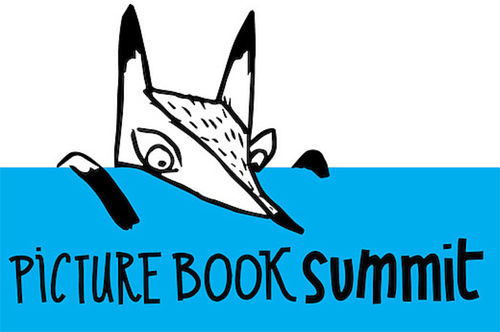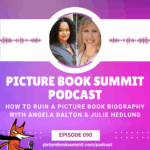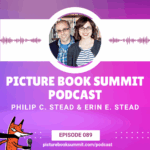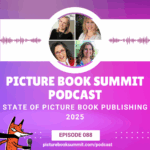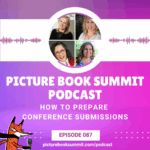Sharing the Takeaway in a Pitch Without Spoiling the Ending
One of the trickiest parts of crafting a pitch is knowing how much to reveal. You want to give agents and editors a sense of your story’s theme and takeaway, but you don’t want to spoil the ending, otherwise why bother reading the manuscript? How do you strike the right balance?
The Difference Between Plot and Theme:
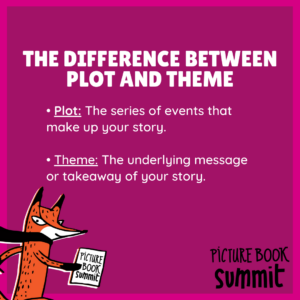 Plot: The series of events that make up your story.
Plot: The series of events that make up your story.- Theme: The underlying message or takeaway of your story.
Why Theme Matters: The theme is what gives your story depth and meaning. It’s what readers take away after they’ve finished the book, the message you want to leave them with, the idea you want them to think about or discuss further. When crafting your pitch, focus on conveying the theme rather than detailing the plot.
Tips for Balancing Theme and Plot in Your Pitch:
- Focus on Set-Up and Stakes: Give a sense of what your story is about without revealing every plot point. Establish what your hero wants, what’s in their way, and what’s at stake – but not what happens at the end.
Show the What but not the How: What does your main character learn at the end of the story? How have they changed or grown? Tease the resolution without giving away how it happens. You want agents and editors to be curious enough to read the manuscript to find out for themselves how the hero gets there.
EXAMPLE: “(HERO) tries this, and this, and this — and ultimately realizes (THEME.)”
Sharing your story’s theme in your pitch can make it more compelling, but be careful not to give away the store. By focusing on the takeaway rather than the plot, you’ll create a pitch that intrigues agents and editors and leaves them wanting to read the full manuscript.
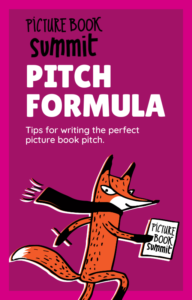
Want more help with picture book pitches? Grab our FREE Picture Book Summit Pitch Formula HERE!
